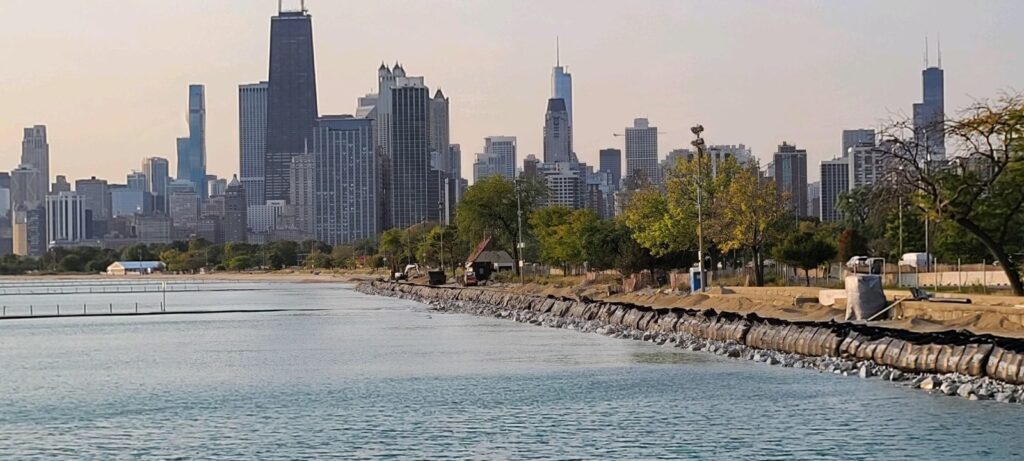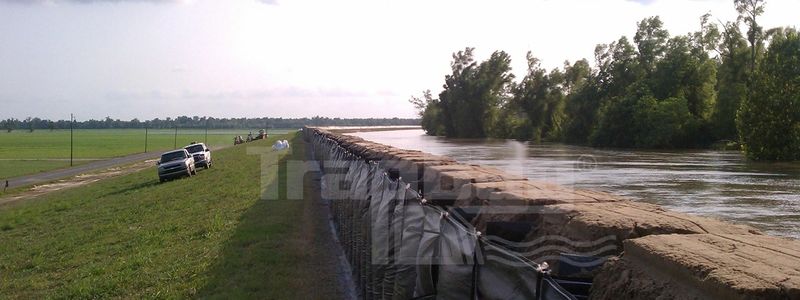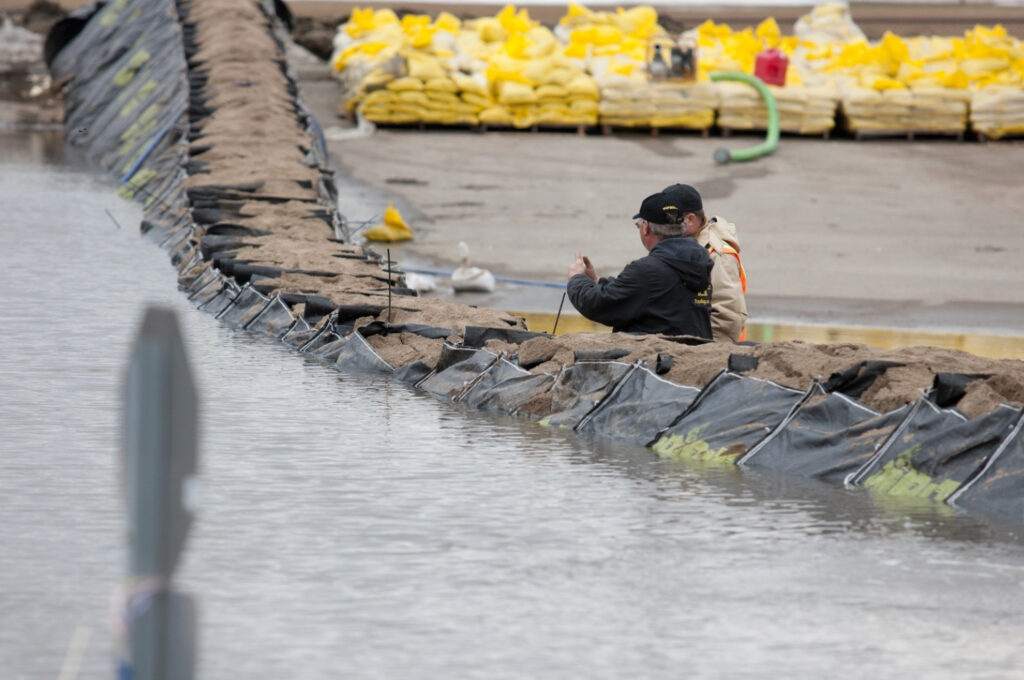TrapBag® Flood and Erosion Control
Rapid-Deployment Flood Barriers
Emergency crews can deploy TrapBag® flood barriers faster and more effectively than traditional sandbags. Designed to handle immense pressure, these barriers keep floodwaters away from infrastructure, neighbourhoods, and natural areas. For cities and councils throughout the UK, TrapBag® is a faster, stronger, and more strategic approach to temporary flood protection.
Learn More »Erosion Barriers
Erosion barriers from TrapBag® are designed to preserve coastal areas and vulnerable riverbanks with ease. They protect homes and buildings on the waterfront from coastal erosion and prevent soil or beach loss that puts livelihoods at risk.
Learn More »Projects
Who We Serve In United Kingdom
Across dozens of industries in the UK, TrapBag® can be a life, environment, and property-saving multipurpose barrier.
Marine Services
Ports, marinas, and offshore facilities in Great Britain and its Overseas Territories need protection. As stackable barriers, TrapBag® can withstand the ocean’s wave action and minimize the harmful effects of erosion.
Learn More »Emergency Management Crews
When every second counts ahead of storms rolling in, emergency management crews trust TrapBag for fast, reliable flood protection. Barriers can be deployed in a matter of hours, while offering better defence than traditional sandbags.
Learn More »Construction & Infrastructure
TrapBag® is an effective detention system on construction sites because it’s just as good at keeping water in as it is at keeping water out. Your construction sites will always comply with stormwater and runoff regulations with a detention pool or pond made of these barriers.
Learn More »Coastal & Civil Engineering
Coastal roadways, water treatment centres, and other infrastructure are vulnerable to damage during coastal flooding events. TrapBag® is a safe, cost-effective way to protect these structures and prevent millions of pounds’ worth of damage.
Learn More »Environmental Protection
Shoreline natural areas such as dunes and salt marshes across the UK are at risk of disappearing due to rising sea levels, increasingly severe storms, and persistent wave action. TrapBag® can provide temporary or permanent protection during severe storms to prevent salt marshes from washing away, along with stabilizing dune cores from within.
Learn More »What's At Stake?
Flooding in the Midlands & Scotland
Severe flooding is becoming more common in towns and cities in the English Midlands and lower-lying regions of Scotland due to climate change. While many communities are starting to get the long-term infrastructure they sorely need, many still need a rapid-deployment option to address possible flash floods that can disrupt life for everyone.
Coastal Degradation Nationwide
Over a quarter of the coastlines of England and Wales are experiencing erosion greater than 10cm per year. Thousands of properties and livelihoods are at risk in coastal communities.
Long-term erosion control measures are necessary to protect these coastal communities from further degradation.
Surface Water Flooding in London
By some estimates, London needs over £2 billion in investments to combat flooding—even with the Thames Barrier protecting Greater London from coastal flood events. This is due to the region experiencing more severe rainfall events that cause surface water to build up faster than the current infrastructure can manage it.
While all of these problems require long-term solutions, they also require a plan for a rapid response if the Thames or its tributaries experience torrential rain.
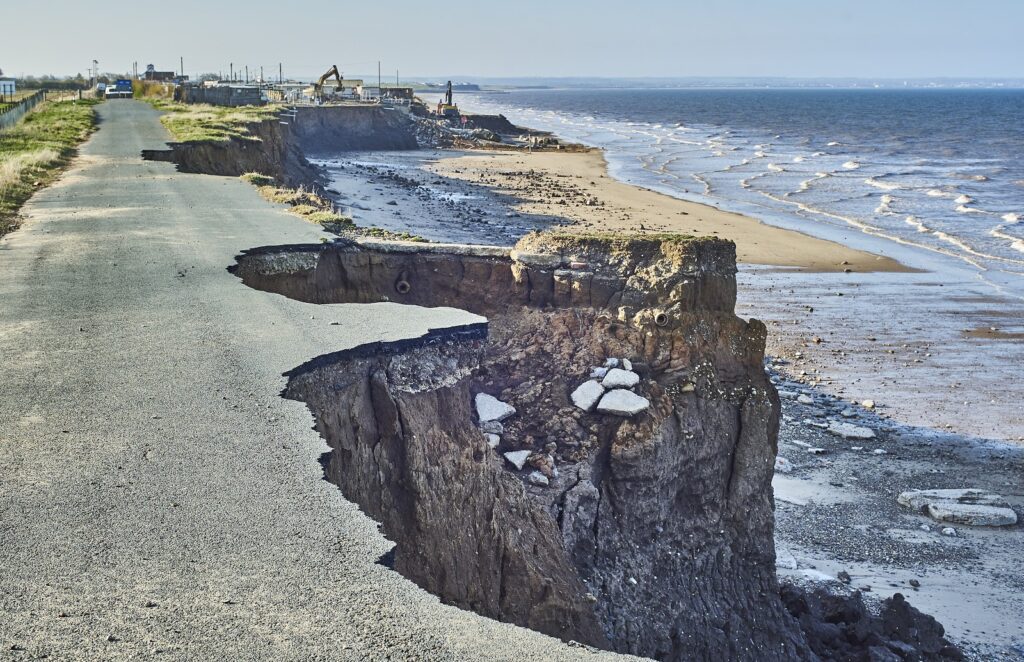
Why Choose TrapBag®?
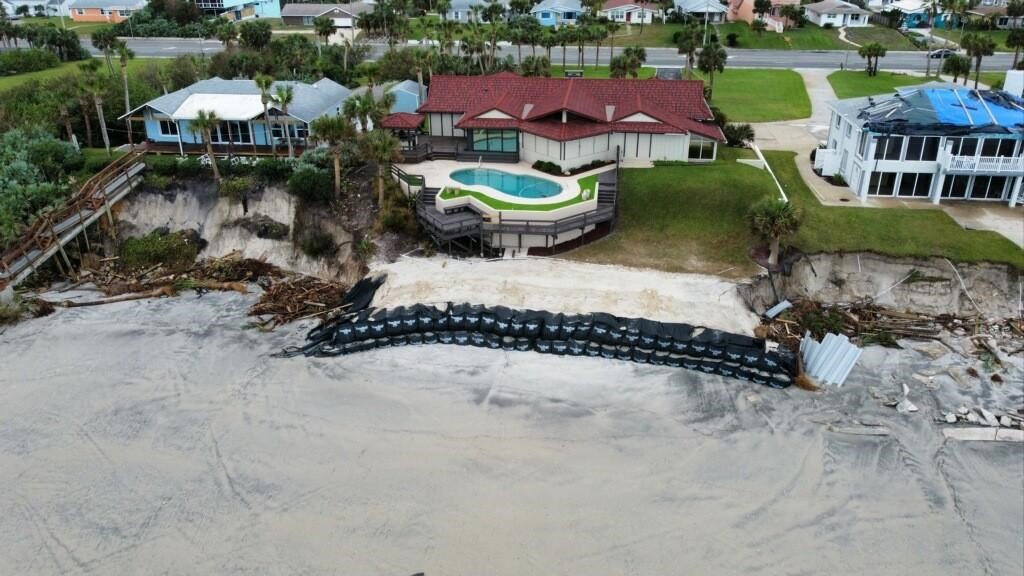
-

Fast Deployment
A small team consisting of two individuals and someone operating a skid steer or small backhoe can complete a 100-foot (approximately 30-metre) TrapBag barrier within one hour. This gives precious time back to emergency crews to get others or themselves to safety.
-

Reliable Strength
TrapBag uses geotextile technology to hold back tons of water pressure and keep people and properties across the UK safe. Each cell supports its neighbours when you fill it with sand or washed gravel.
This also helps it withstand localized damage if a single cell is compromised—unlike traditional sandbag walls, which can collapse altogether and cost millions of pounds in flood damage anyway.
-

Efficient Design
Every TrapBag® flood barrier cell is engineered with a pentagonal shape that concentrates 60% of its mass in the bottom half. With built-in stability, it enables faster, less labour-intensive installation when time is running short and weather conditions are challenging.
Compared to other temporary barriers, TrapBag® offers a more secure, efficient option for large-scale flood response and infrastructure protection.
-

Tried & Tested
Over 1,000 miles of TrapBag® have been installed worldwide as erosion control and temporary flood protection barriers. Tested by the United States Army Corps of Engineers and relied upon by state and municipal governments worldwide, they are a proven system for protecting councils, neighbourhoods, and entire towns across the UK from flooding.
How TrapBag Compares to:
Sandbags have been a tried and true method of blocking flood waters for thousands of years because they’re inexpensive and can create an effective barrier. However, their high margin of error and labour-intensive building process make them less practical than TrapBag®.
TrapBag® is more cost-effective and protects more lives than traditional sandbag walls because they’re less likely to give way when they’re most needed.
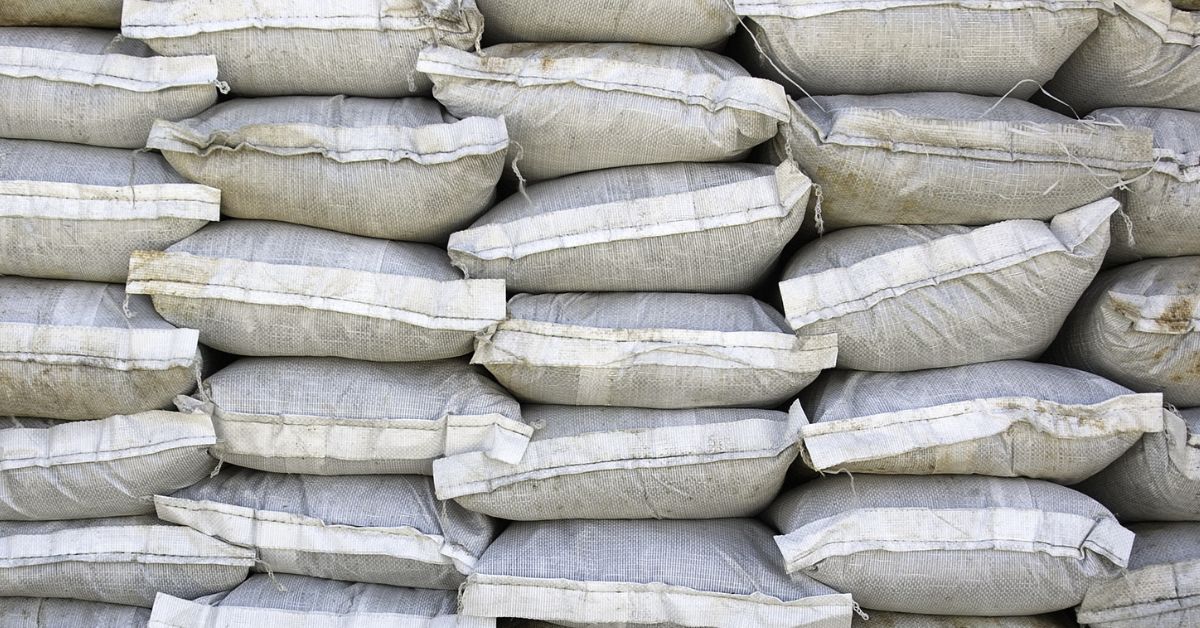
Most water-filled barriers are only a few feet high and cannot be used to withstand wave action. TrapBag® barriers begin at 4 feet tall. Once you have filled and placed the base rows, you can also stack more vertically. They have an interlocking design and solid fill that stabilises the entire barrier and keeps communities and neighbourhoods safe.
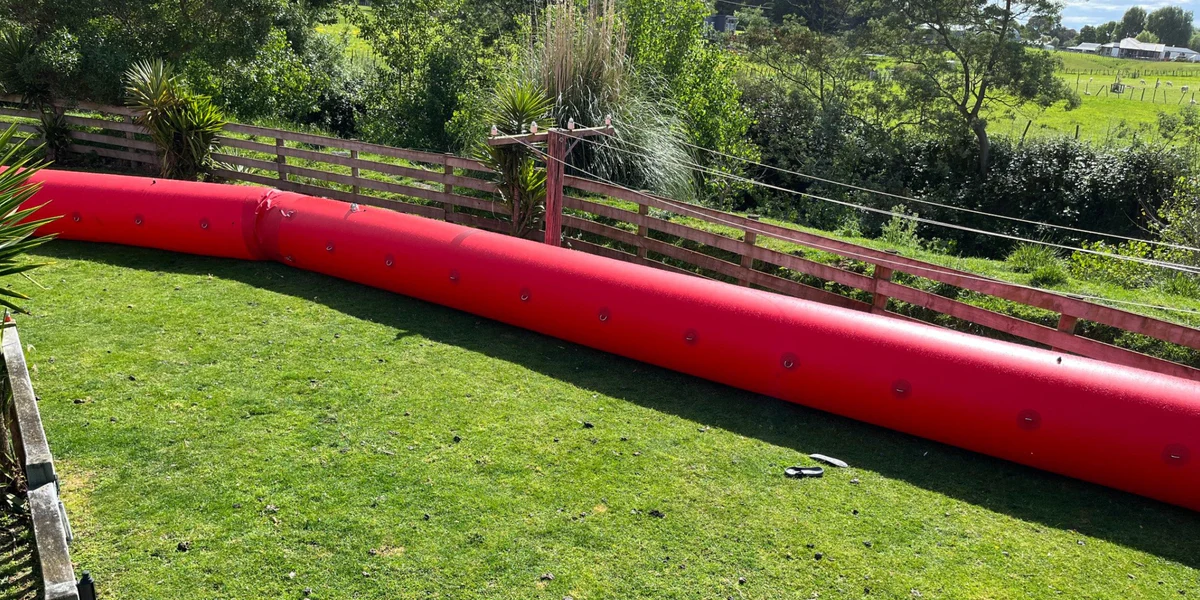
Floodgates and flood walls can be installed as either temporary or permanent structures in flood-prone and low-lying areas across the UK to protect them from damage. However, these can be expensive and challenging for municipalities or councils to install.
TrapBag® is a more affordable, flexible alternative that can be used for short- or long-term flood protection in any emergency response situation—especially when time and budgets are limited.
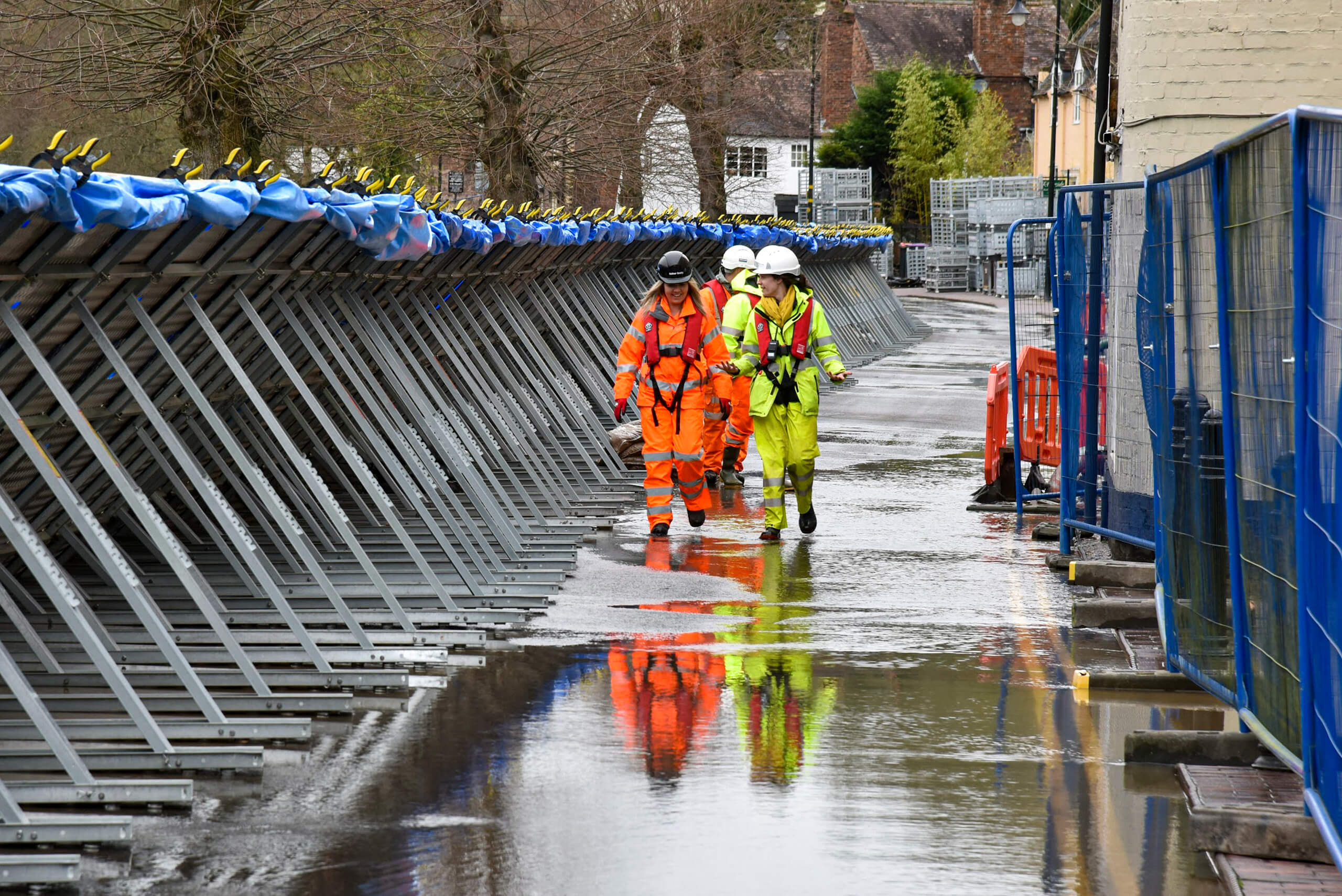
TrapBag is an ADA Member


